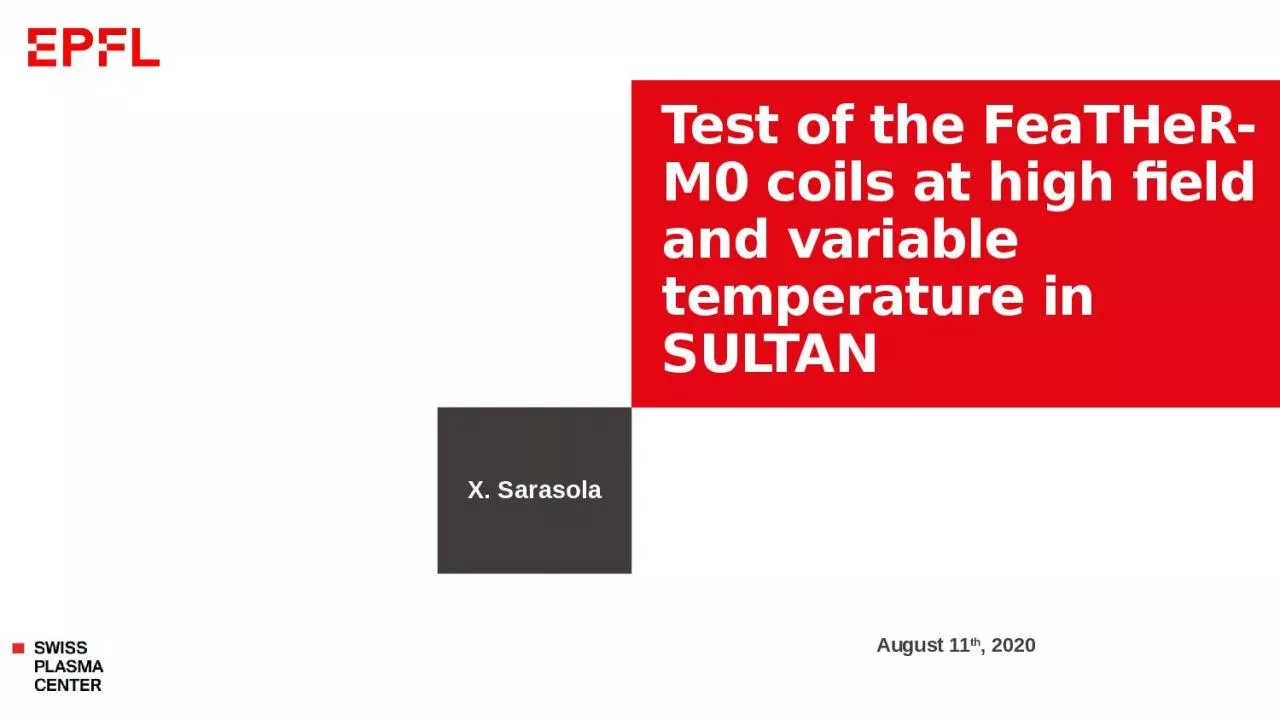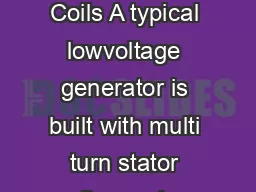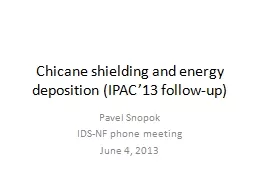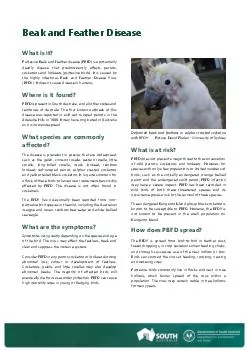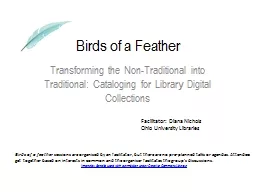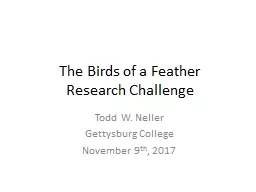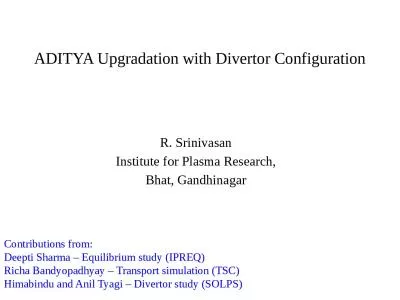PPT-Test of the FeaTHeR-M0 coils at high field and variable temperature
Author : melody | Published Date : 2023-11-03
in SULTAN X Sarasola August 11 t h 2020 Outline Test of the FeaTHeRM0 coils i n SULTAN X Sarasola 2 SULTAN test facility FeaTHeR M0 coils Required upgrades Test
Presentation Embed Code
Download Presentation
Download Presentation The PPT/PDF document "Test of the FeaTHeR-M0 coils at high fie..." is the property of its rightful owner. Permission is granted to download and print the materials on this website for personal, non-commercial use only, and to display it on your personal computer provided you do not modify the materials and that you retain all copyright notices contained in the materials. By downloading content from our website, you accept the terms of this agreement.
Test of the FeaTHeR-M0 coils at high field and variable temperature: Transcript
Download Rules Of Document
"Test of the FeaTHeR-M0 coils at high field and variable temperature"The content belongs to its owner. You may download and print it for personal use, without modification, and keep all copyright notices. By downloading, you agree to these terms.
Related Documents

